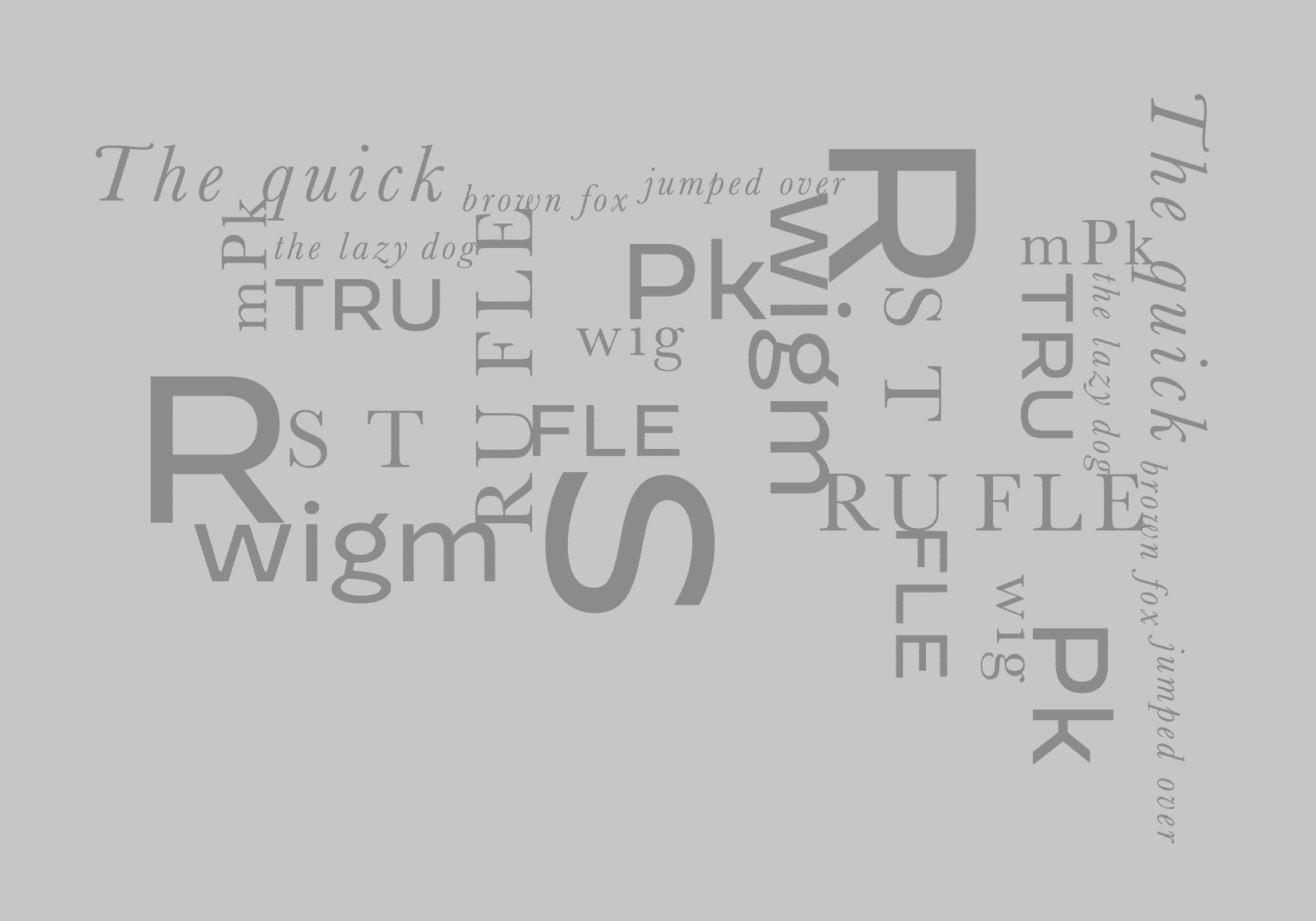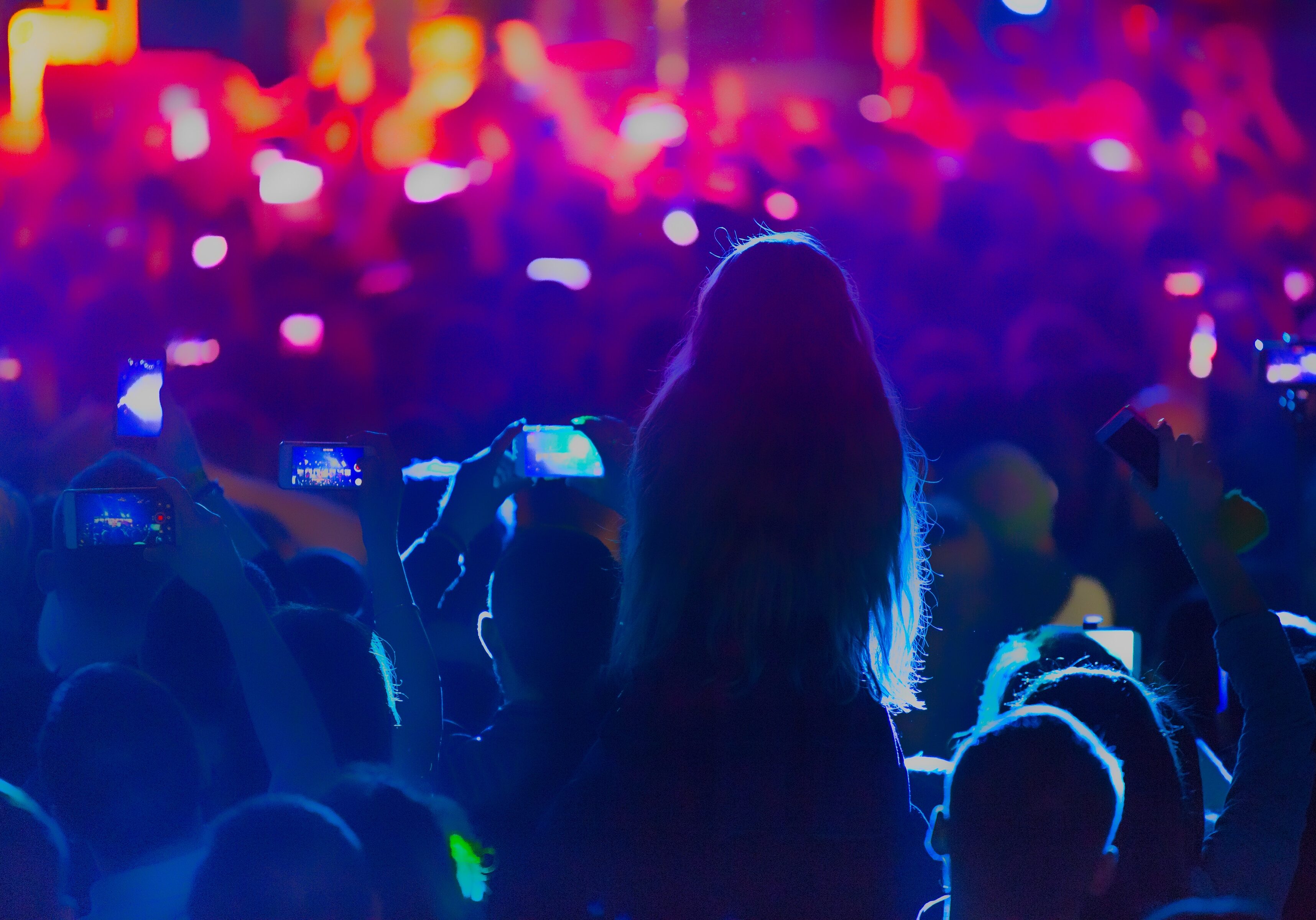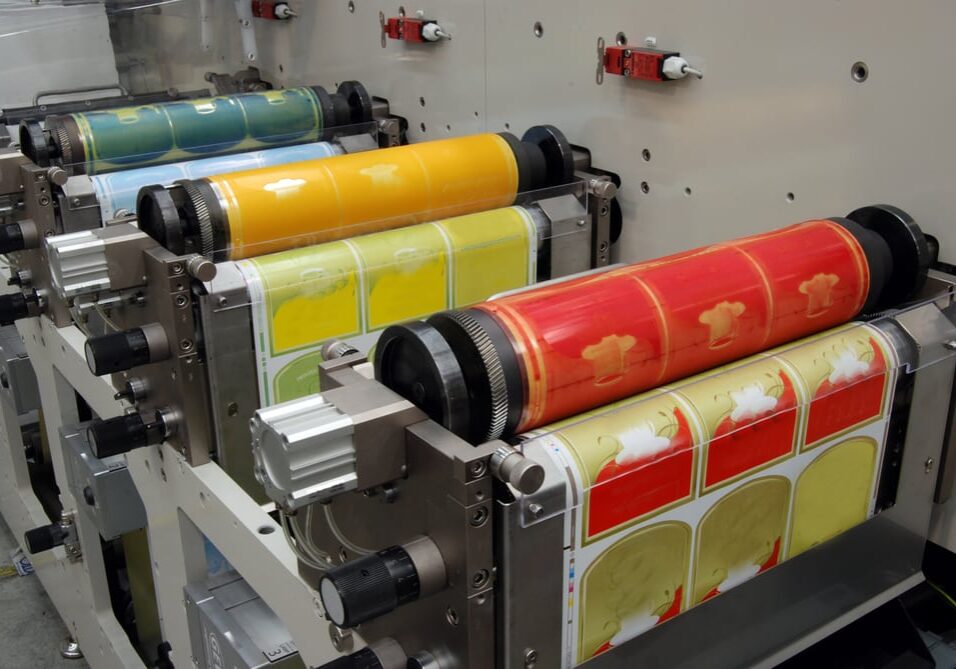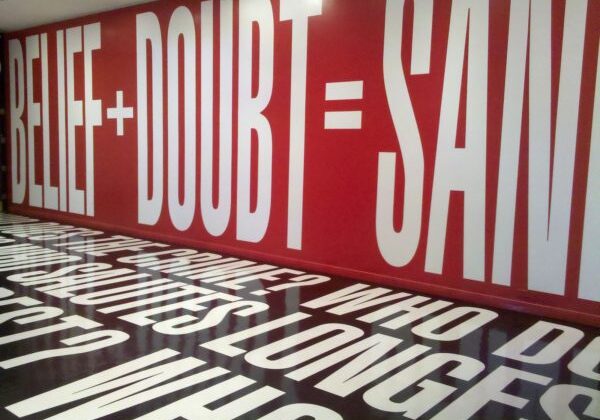Not too long ago, Burger King underwent a major brand refresh not too long ago! They hadn’t rebranded since 1999, and this new rebrand feels super fresh and juicy. At first glance, some may think they simply returned to their most successful old logos, of which appeared in 1969 and 1994 – but it’s so much more than that. The brand refresh was handled by Jones Knowles Ritchie (who also recently happened to handle Dunkin’). The redesign really focuses on the basics, and is distinctly inspired by the food and philosophy of the fast food restaurant chain.
The new color palette feels very familiar, but it’s not some arbitrarily vintage color scheme. The warm orange, vibrant red, rich brown, bright green, and classic cream are derived directly from the warm burger buns, fresh tomatoes and ketchup, flame-broiled burgers, fresh lettuce and pickles, and even the onions and mayo used on their famous Whopper. Raphael Abreu, head of design at Burger King’s parent company Restaurant Brands International, shared “We wanted to use design to get people to crave our food; its flame-grilling perfection and above all, its taste.”
The new look also has a new custom semi-serif typeface aptly called “Flame”. The typeface harkens back to the Cooper Black font that was everywhere in the 70s, but feels more refined and less campy. Lisa Smith, the executive creative director from Jones Knowles Ritchie, points out that they created Flame with the idea that “it looks a little bit squishy and delicious, so you can almost taste the typeface.”
Along with the new logo, brand colors, and typeface, Burger King will be introducing new wrappers, packaging, uniforms, store design, and even an excellent favicon that elegantly showcases the initials BK as a juicy burger shape. This is a brand refresh done right, and will surely bring success to the Burger King franchise.

What is the Difference Between Serif and Sans-Serif Typefaces?
You may have heard the terms serif and sans-serif before, but do you know what those terms actually mean? In typography, a serif is a small line, stroke, or other decorative flair regularly attached to the end of a larger stroke in a letter or symbol within a particular font or family of fonts. “Sans”…

Color Psychology
Color psychology is the study of hues as a determinant of human behavior. Colors can cause certain emotional reactions, and even influence perceptions that are not necessarily conscious. Color psychology is used all around us, taking its cues from nature, and should be considered in marketing and branding. The following are just some common color…

The Importance of a Social Media Presence
Social media has become an integral part of our lives, with billions of people across the globe using these platforms to connect, engage, and share content. For businesses, social media provides a powerful opportunity to build brand awareness, connect with customers, and drive growth. In today’s competitive marketplace, having a social media presence is no…

5 Ways a Well-Built Brand Makes Your Company Money
We all know standing out in a crowded market is essential for success. One way to do that is by creating and maintaining a well-built brand. After all, your brand is more than just a logo and a tagline, it’s the image and perception that customers have of your business. A strong brand sets you…

Plan it, make it, stretch it, wrap it, ink it, spin it, long print run it : Flexographic
Flexographic printing is a form of direct relief printing that is characterized by the use of flexible printing plates. In the past, these printing plates were always made of rubber, whereas today, flexible photopolymer printing plates might also be used. These plates have a slightly raised image of the content on them, they’re inked, and…

The Difference Between Graphic Art and Graphic Design
Graphic Art – the fine and applied art of representation, decoration, and writing or printing on flat surfaces together with the techniques and crafts associated with them. Essentially, a graphic artist may create art for the sake of art. They may want to convey a certain idea or story, or they may not. Graphic artists…

REMIXED Named Top Branding Agency in Orlando Award on Clutch
At REMIXED, we help brands connect with their audiences through expertly crafted branding strategies. We’re a full-service and multi-disciplinary branding agency that provides everything from brand building to message promotion to marketing management. Since 2006, we’ve been working with brands of all sizes across various industries, including hospitality, retail, entertainment, nonprofit, government, and more. We…

How to Create a Brand
Building a strong brand is essential for any business looking to stand out in today’s highly competitive market. A successful branding strategy can help you connect with your target audience, build trust, and differentiate your business from your competitors. Here are some tips on how to build a strong brand for your business: Determine your…

